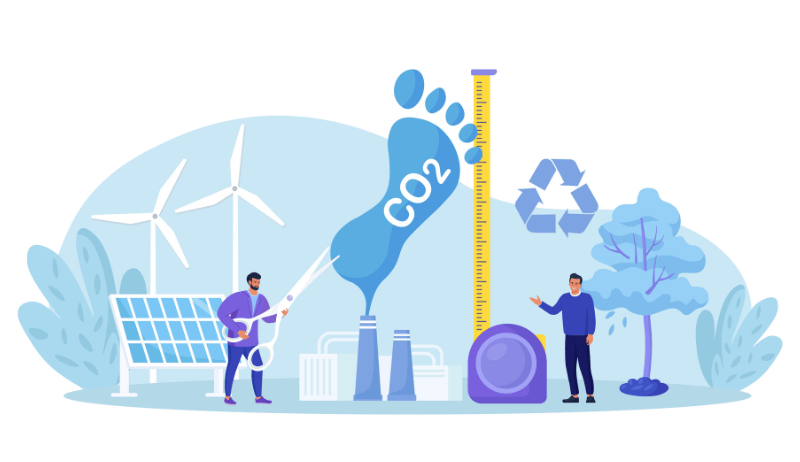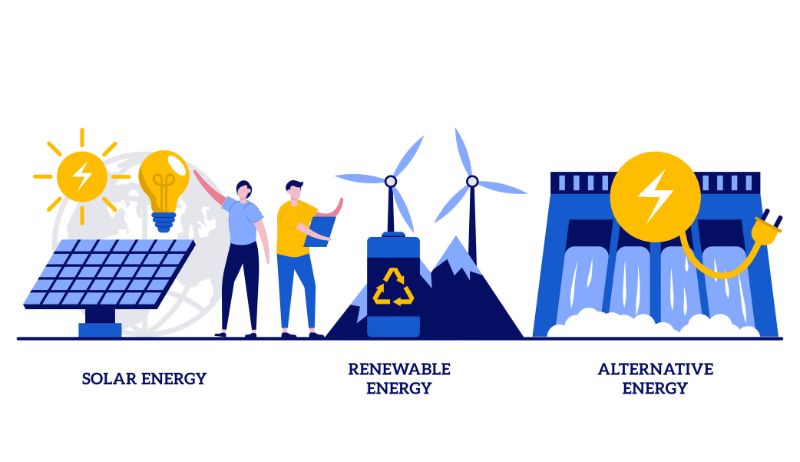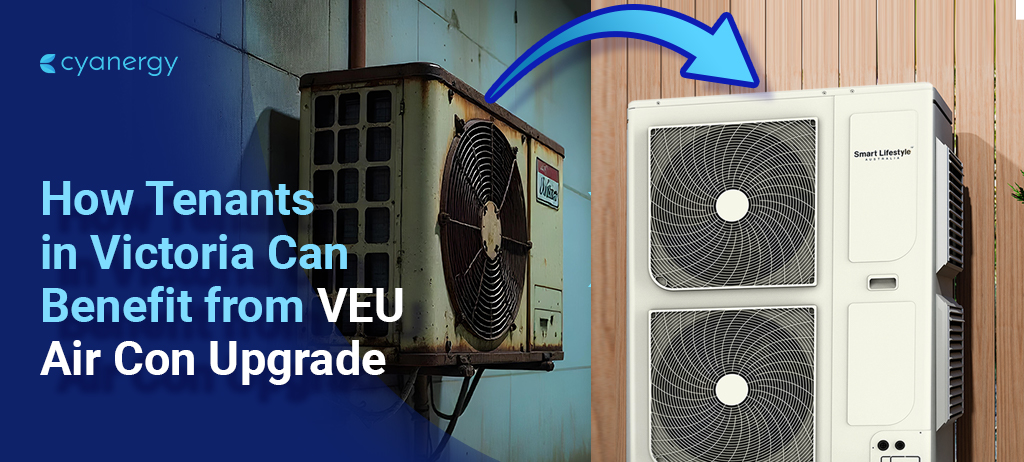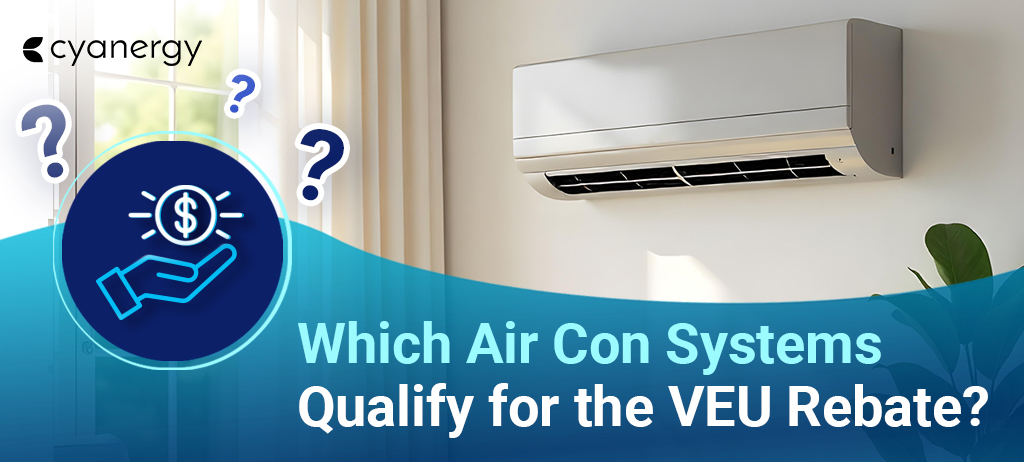1. Leaving Electronics Plugged In
Do you leave your phone charger or laptop charger plugged in even when you’re not using it? This is a common energy waster. Even when turned off, electronics can still use power if they are plugged in. Unplugging appliances and electronics when not in use can save you up to 10% on your energy bill. (source)
Solution – Unplug appliances and electronics when not in use. Use a power strip to easily turn off multiple devices at once.
2. Using Old Light Bulbs
Old, incandescent light bulbs use a lot of energy and should be replaced with more energy-efficient options such as LED or CFL bulbs. Not only do these bulbs use less energy, but they also last longer. In addition to changing the type of bulb you use; you can also reduce energy consumption by turning off lights when you’re not using them.
Solution – Replace old incandescent bulbs with energy-efficient LED or CFL bulbs. Also, turn off lights when you’re not using them.
3. Using The Clothes Dryer Excessively
The clothes dryer is a major energy hog in most homes. Consider hanging clothes outside to dry or using a drying rack inside instead of relying solely on the dryer. If you do need to use the dryer, make sure to clean the lint filter after each use to improve efficiency.
Solution – Hang clothes outside to dry or use a drying rack inside. If you do use the dryer, clean the lint filter after each use and use the moisture sensor option to prevent over-drying.

4. Running The Dishwasher Half-full
This is because dishwashers use a lot of energy to heat the water and run the cleaning cycle, regardless of whether the dishwasher is half-full or completely full. When the dishwasher is only half-full, it means that you’re running the appliance more frequently than necessary, which can contribute to higher energy bills.
Solution – Wait until the dishwasher is full before running it. Use the energy-saving mode and low-temperature wash settings.
Additionally, pre-rinsing dishes by hand before loading them into the dishwasher can reduce the amount of energy needed to clean them, as the dishwasher won’t have to run as long to clean any leftover food particles.
5. Keeping The Fridge or Freezer Too Cold
Keeping the fridge or freezer colder than necessary wastes energy and can lead to higher energy bills. Refrigerators and freezers are designed to maintain a specific temperature range, typically between 0 and 5 degrees Celsius for the fridge and between -15 and -18 degrees Celsius for the freezer.
To keep the fridge or freezer too cold means that the compressor has to work harder and run longer to maintain the colder temperatures. This can significantly increase energy usage and put a strain on the appliance’s components, leading to a shorter lifespan.
Solution – Set the temperature to the recommended level and keep the doors closed as much as possible.
6. Using Inefficient Heating and Cooling Systems
Heating and cooling systems can be a major source of energy waste in homes. Make sure to regularly maintain your HVAC system. Using inefficient heating and cooling systems is a common way people waste energy in Australian households. Older heating and cooling systems may be less efficient and use more energy than necessary to keep the home comfortable. This can contribute to high energy bills and a higher carbon footprint.
Solution – Regularly maintain your HVAC system and replace filters as needed. Use a programmable thermostat to adjust the temperature based on your schedule.
7. Ignoring Drafty Areas
Drafts can significantly increase energy consumption in your home. Check for drafts around windows, doors, and vents, and use weatherstripping or caulking to seal them. Well insulated houses are less prone to waste energy.
Drafts cause energy loss because they allow warm air to escape from inside the home to the outside. During colder months, this means that heated air escapes from the home, making it more difficult to maintain a comfortable temperature inside. This can lead to higher energy usage as the heating system has to work harder to maintain the desired temperature.
In addition to allowing warm air to escape, drafts also allow cold air to enter the home. This can cause discomfort and make the heating system work harder to maintain a comfortable temperature.
Solution – Check for drafts and seal them using weatherstripping or caulking. Use draft stoppers to prevent drafts from coming under doors. Exhaust fan seals are currently free to install for eligible Victorians. Know more about it here.
Households can also consider investing in double-glazed windows, which can significantly reduce energy loss and improve the energy efficiency of the home. Double-glazed windows have two panes of glass with a layer of gas in between, which helps to reduce heat transfer and improve insulation.

8. Running Appliances During Peak Hours
Running appliances such as the dishwasher, washing machine, and dryer during peak hours can increase energy consumption and your energy bill. Try to run these appliances during off-peak hours, such as early morning or late at night, when energy rates are lower.
Peak Demand Reduction Scheme (PDRS) is Australian government’s new scheme to reduce consumption in peak hours by incentivising users in different ways. By complying with this point, you can participate in the scheme too.
Solution– Run appliances during off-peak hours, such as early morning or late at night, when energy rates are lower.
9. Overusing Hot Water
Hot water usage can significantly impact your energy bill. Try to limit hot water usage by taking shorter showers and washing clothes in cold water. You can also install low-flow showerheads and faucets to reduce hot water usage.
Solution – Limit hot water usage by taking shorter showers and washing clothes in cold water. Install low-flow showerheads and faucets to reduce hot water usage.
10. Using Outdated Appliances
Using outdated appliances is another way people waste energy in Australian households. Older appliances are typically less energy-efficient than newer models and can use more energy than necessary to perform the same tasks. This can contribute to higher energy bills and a higher carbon footprint.
Solution – Using outdated appliances: Upgrade to energy-efficient appliances. Look for the ENERGY STAR label, which indicates that the appliance meets energy-efficiency guidelines.
In conclusion, there are many surprising ways you may be wasting energy at home in VIC and NSW. By being mindful of your energy usage and making small changes, you can significantly reduce your energy bill and carbon footprint.







